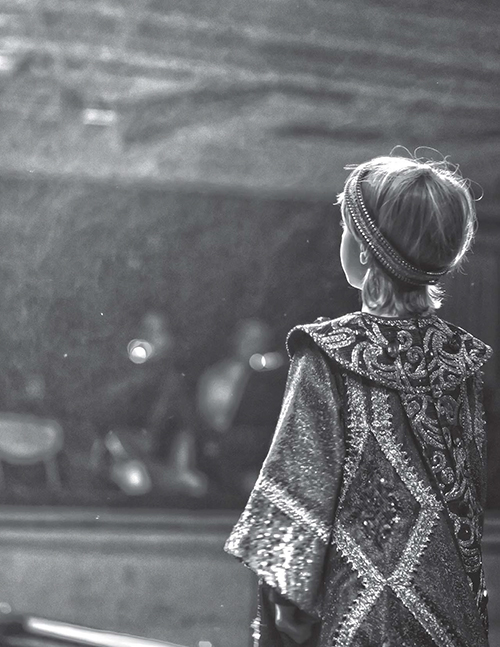The real-world history behind fostered children in Game of Thrones.
 The real-world history behind fostered children in Game of Thrones
The real-world history behind fostered children in Game of Thrones
The hit book series A Song of Ice and Fire (later adapted by HBO as the Game of Thrones series) features several cases of children being fostered with other families to seal political alliances: Ned Stark with Jon Arryn, Petyr Baelish with the Tully family, and Myrcella Baratheon in Dorne, among others. But the trading and raising of children among allied families is no fictional creation—centuries ago, it was part and parcel of northern European life.
Lahney Preston-Matto, Ph.D., associate professor of English at Adelphi, researches the practice of fosterage in medieval Ireland, which was a form of patronage as well as a legal contract that benefited fostered children, their families and society at large. A foster child could gain advanced posts and support for their biological families, while families who engaged in fosterage (in either direction) could ensure loyalty amid a violent and divisive political landscape.
Dr. Preston-Matto outlines two different types of fosterage. The first is secular, where a higher-status noble child was fostered with a lower-status family to secure the connections between the two families and reinforce their relative positions in the status quo. “If you’re high enough up in nobility, you actually want to foster your children and accept fostered children in return because it expands and solidifies your connections with other noble families,” Dr. Preston-Matto explained. “In that way it’s sort of like an arranged marriage.” Although some foster arrangements were upwardly mobile from the outside, the key to medieval fosterage among noble families was preserving social status, not upending it.
The second is ecclesiastical, where children were fostered by early saints who could use them to acquire physical and religious territory. Unlike secular fosterage, this relationship was generally more beneficial to the fosterer than the child. In a forthcoming article, Dr. Preston-Matto maintains that saints chose to foster children not out of altruism or charity, but for a political purpose: The children functioned as portable representations of their biological families and the power those families possessed. Saints traveled around with their foster children to show off that power, much like the physical relics they carried during their journeys to be put on display for public worship. “Nobody has ever made this argument before,” said Dr. Preston-Matto, pointing to the absence of scholarship on fosterage and why she’s so keen to bridge gaps in the literature.
The academic world has held a variety of views on children in the medieval age. “For a very long time, scholars thought that medieval parents didn’t care about their children,” Dr. Preston-Matto said. “It was only in the past few decades that people acknowledged how much these parents did care.” While recent research has begun to shed light on the lives of medieval children, Dr. Preston-Matto believes there is still a great deal of unexplored territory. She mentions law codes—including one specifically defining the rules of fosterage—as an example of how deeply children were written into the social fabric of medieval Ireland. “Some of the earliest law codes that exist in Europe were concerned with children, which tells us a lot about how that society viewed their children in both general and legal terms,” Dr. Preston-Matto noted.
While Dr. Preston-Matto’s current research focuses on a fairly contained topic, her approach is wide ranging and interdisciplinary in nature. “My work is a hybrid of literary and historical scholarship,” she said. “I tend to spend less time thinking about metaphors or language and more about the function of a certain text in society and who wrote it. I’m trying to figure out the larger cultural implications.”
Examining the stories of medieval Irish foster children in a broader context certainly has a host of meaningful cultural implications. “If you think about refugee children or our current fosterage system or just the ways that children are moved around in various systems today— it all belongs to a long tradition,” Dr. Preston- Matto said.
But with tradition comes omission. Most texts from the medieval period are centered around privileged noblemen and ignore large swaths of the population, leading Dr. Preston-Matto to develop her own mission that pays tribute to history’s marginalized. “What winds up getting left out are voices of women and children, people of different class structures,” she said. “The work that I do pays attention to the voices that don’t get a lot of attention.”
Lahney Preston-Matto, Ph.D., has interests ranging from the literature of 12th-century Ireland to 20th-century medievalism, medieval law, translation theory and gender studies. She is co-director of Adelphi’s Literary Cities: New York and Dublin study abroad program. She holds a Ph.D. in English Language and Literature from New York University.For further information, please contact:
Todd Wilson
Strategic Communications Director
p – 516.237.8634
e – twilson@adelphi.edu